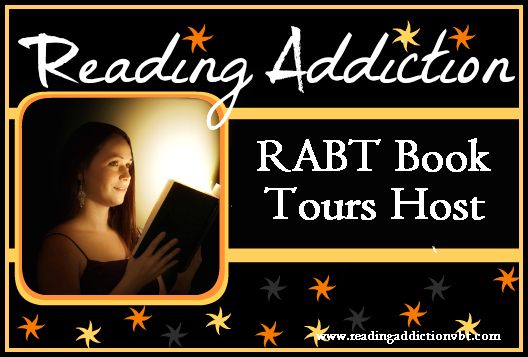Author(s): R.M. Heske
Genre: Comic - Horror, Comic - Mature
After reading Heske Horror's Bone Chillers: Tales of Suburban Murder & Malice, I became an avid fan. So when I picked up my copy of 2012: Final Prayer, I was in heaven. Now that we are nearing the year 2010, people are looking toward the fated year of 2012 with more concern and pessimism. Movies, televisions shows full of Mayan and Nostradamus predictions, and books are picking up on the mass fear and trend of the world possibly ending in 2012. In most cases, these forms of media are either some or all of three things: fear inducing, prophetic, and cliché, which by their very nature ride the tide of a popular concern that will see to it that sales are made. It is tiresome and cookie cutter.
Heske Horror does it right. 2012: Final Prayer is neither cookie cutter nor cliché. A collection of comic book style stories written and drawn by different people and teams, 2012 fills you with shock, awe, foreboding, disgust, and fear. And yes, despite it, you may even laugh once or twice. The art styles are so different from one story to the next that the comic book is a true work of masterful art. Some stories, such as Final Choices or Hollow Victory, are stark and busy, and so chaotic and pretty that they really highlight the intense apocalyptic moment intended for depiction. Yet other stories like Veils are simple and poignant, and certainly no less perfectly rendered.
There are times when you will connect with stories and characters and then feel oddly disjointed by the surreal path some of them take because you are there with them. The impending sense of doom will get to you, sink into you so much so that you'll need air once you finish reading. Nightmares even may happen. And yet sometimes there are hints of hope and optimism that will confuse you as much as it sweetens you up and helps you accept the horrors all around and surely ahead. I think that is the way these stories should be instead of mere prophecies and warnings.
I love things that creep me out, but also make me go, "oh, that was just lovely." 2012 did just that. Underneath all of it was such a level of art and beauty that it could not be denied that even the grossest of moments were completely exhilarating. The cover itself speaks volumes of the quality of what it inside: horses of the apocalypse charging over a city with a little boy gazing at it from the distance in utter shock. I wish that they had not changed the cover from the edition I got. The innocence, the realism, the happiness, the horror, the acceptance, it's all there. The whole spectrum of how people deal, how they manage. It is all wonderfully rendered in black and white from cover to cover.
I remain a big fan and cannot wait to see what Heske Horror puts out next because I am going to be at the front of the line for a copy.































